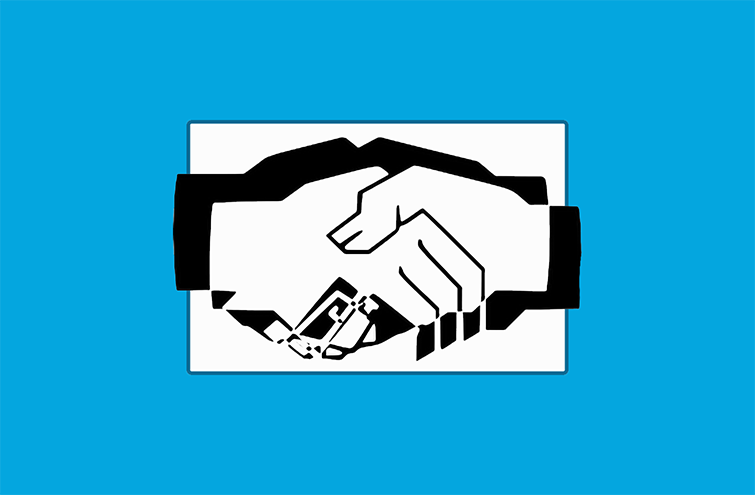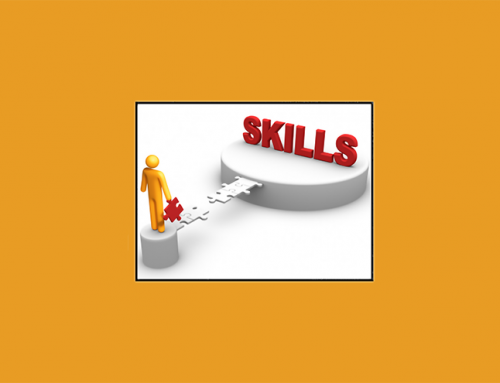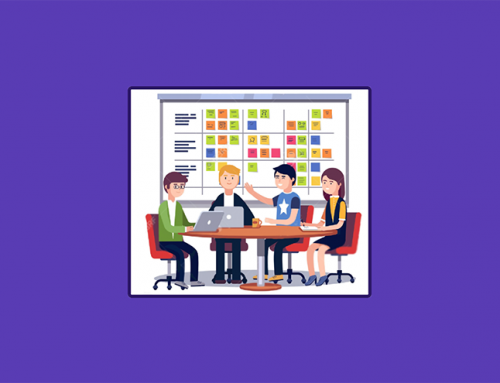TPM and Engineering Manager Relationship
TPM and Engineering Manager equation is crucial for not only project success but also for TPM’s value add and survival at the job.
EM Definition: For this article, Engineering Manager is the person who leads the team of engineers and is involved on a day to day basis in the project. He/she may be the senior most Engineer in the team, makes hands on contributions, guides others in technical design decisions and is ‘effectively’ the manager even if team members do not report to him/her directly.
TPM as Captain: TPM is the captain of the ship so you need to do whatever it takes for the project to succeed and your biggest support in this endeavor will be your Engineering Manager. Product Manager, TPM and Engineering Manager form the leadership triad on which project success hinges!
Below are some guidelines for handling this critical relationship:
-
TPM Flexibility
-
Learn your EM’s Style
-
TPM Responsibilities
-
Architecture Design Interest/Contribution
-
Meetings and Visibility
-
Agree on Process
-
Enable your EM
-
Staying in Alignment
-
Healthy Tension in Relationship
-
Team Building and Morale Events
-
When things are not Straightforward
TPM Flexibility: Engineering Manager and TPM equation may range from very healthy and respectful partnership to highly acrimonious. One of the traits of a TPM role is flexibility. There is no exact definition of a TPM role to the extent that TPM is expected to fill any voids once rest of the roles on the team have been filled up. This flexibility will come very handy in your relationship with the EM.
Learn your EM’s Style: Unless an EM is new to the organization, chances are other TPMs have already worked with this EM. Reach out to those TPMs to understand this EM’s work style, expectations etc. You may have great learning at the onset rather than waiting till the project finishes.
TPM Responsibilities: Many times, when TPM joins the project, an EM is already playing the role of a project manager. Start with having a conversation on the items that you plan to take lead on. This may include: Business and Technical Road-maps, Backlog Grooming, Structure Boarding, Sprint Planning, SCRUM, Sprint Closure and Retrospectives, Sprint Reporting, Cross group Collaboration, Status Reporting, Leadership Updates etc. While you may lead/drive many of these items, you will need Product manager/Engineering manager/ Team’s support on most of them.
Architecture Design Interest/Contribution: Technical and Architectural design may be driven by EM and senior engineers but TPM needs to be involved in it. TPM’s job is to make sure that engineers do not over architect the design and also making sure that non-functional requirements like performance, scalability, security, privacy etc. do not get overlooked. TPMs who take active interest and contribute in architecture/design gel well with EMs and engineers.
Meetings and Visibility: TPM and EM need to discuss about project related meetings on each other’s calendar and decide who will be in which meetings. While some meetings may require both TPM and EM, most of them will require only one of them. This will avoid any confusions, over/under representation or feeling of being left out. EM should not feel that TPM needs him in every meeting or being excluded from important meetings and vice-versa.
Agree on Process: TPM and EM need to be in alignment on how much process is needed for the project. While there are guidelines and best practices, not each project management control may be needed. Many times, too much process can slow down the team. This is an interesting area, while your engineers may resist the process, but if you allow too much ‘non -process’ it is just a matter of time before TPM will be blamed for getting the team randomized and not having any process at all!
Enable your EM: As a TPM it is important to appreciate that an EM has people responsibilities in addition to project responsibilities. EM needs to deal with performance of engineers, hiring, firing etc. TPM may offer help in the hiring process and providing timely feedback on engineers. A tight knit relationship between the two can not only do wonders for the project, it is great for TPM annual review and career. Wherever a TPM is hired an EM recommendation carries lot of weight.
Staying in Alignment: TPM and EM need to be in sync as much as possible. This does not mean they will agree on everything. TPM will represent/speak on the project status to leadership teams. It is critical that TPM and EM are in sync on status updates and overall project trend. TPM and EM disagreeing and looking out of sync in front of the partners or leadership is a ding for the team in general and for the TPM in particular.
Healthy Tension in Relationship: EM is one of the most important persons to provide feedback about TPM performance. It is good for the TPM to be in best of terms with the EM but that doesn’t mean to say yes to everything. Do not let the EM manage the project, as by nature of skillset he/she may be a great Engineering Manager but, in most probability, will not be a good Project Manager. It is OK to have slight/ healthy tension in the relationship and it varies by personalities and projects.
Team Building and Morale Events: TPM can help organize team building and morale events for the team. Any activity that increases the team morale and bonding makes EM’s job easier. Not only EM but whole team will appreciate it. This doesn’t have to be a huge/ high overhead activity. You can ask the team about their interests and organize something occasionally. You can ask management about any morale budget and take benefit of it.
When things are not Straightforward: Invariably, as a TPM you will find an EM who doesn’t value TPM function. From his perspective since you are not coding you are just an overhead. TPM is a ‘hindrance‘ between Product Manager and EM. You slow down things by bringing in process controls. You ask questions that rest of the team has already discussed and resolved. You lag the team and are in catch-up mode mostly. This can be a tricky and frustrating situation. You may need to push your way in and carve your space. You may start with creating a RACI (Responsible Accountable Consulted Informed) chart to define roles and responsibilities. Feel free to involve your manager/leadership in RACI creation. Focus on the areas where you can add value and are visible to management. One such example is project reporting. This should be TPM forte and your experience in summarizing and presenting information to different management levels according to their requirements will give you a great start on the project.
Every TPM/EM relationship is unique, based on the personalities, project requirements and organization culture. As a TPM, if you keep the focus on enabling and unblocking the team, shielding it from randomization and representing it fairly/confidently and standing for it in front of the leadership, it should lead to a good TPM/EM partnership. Invest in this relationship, it’s worth it!





Leave A Comment